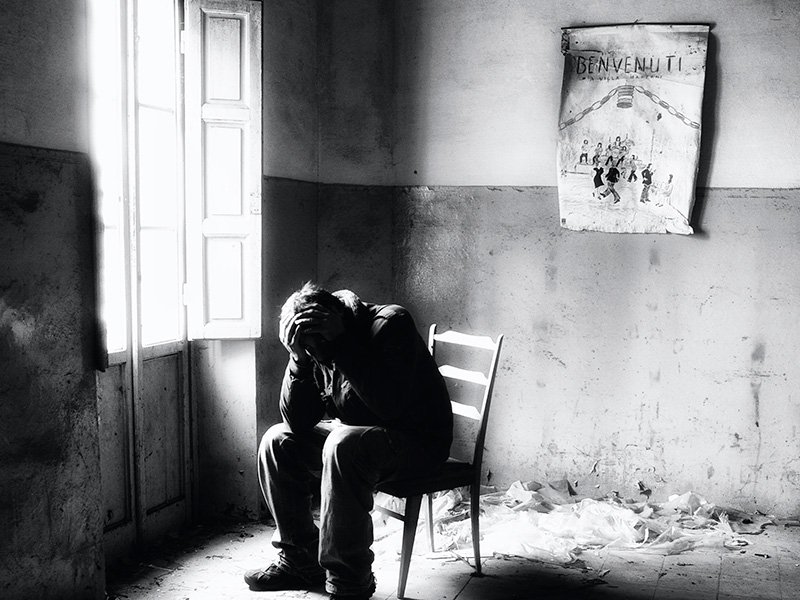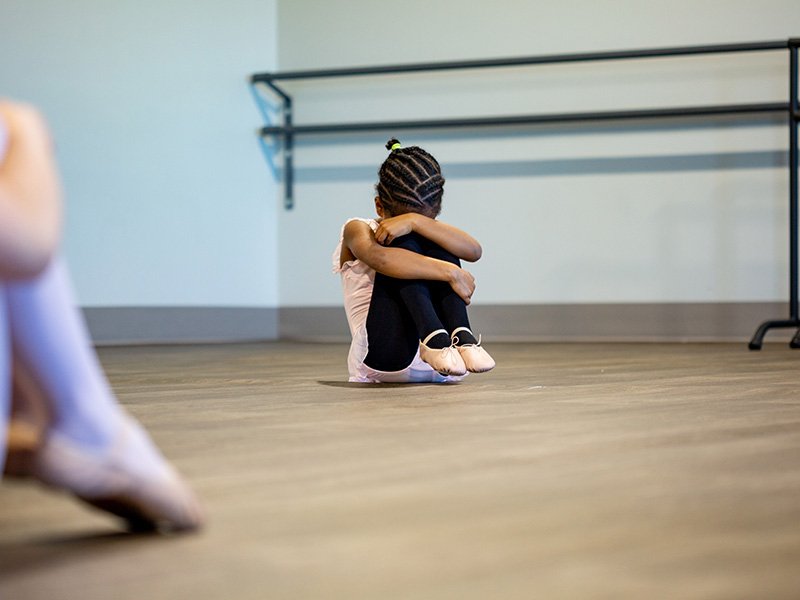Introduction
Unsettling, haunting, and yet strangely captivating – anxiety drawings have the power to evoke a myriad of emotions within us. These sketches of unease provide a unique glimpse into the depths of human experience, unraveling complex feelings that are often difficult to articulate with words alone. This article will investigate the fascinating world of anxiety drawings and explore how they can be an expressive outlet for those grappling with anxiety disorders. Join us on this artistic journey as we explore the hidden language of emotions through strokes of graphite and ink!

Anxiety and Drawing
The act of drawing can work as a powerful outlet for those experiencing anxiety. It allows individuals to express their emotions visually, representing the intangible turmoil. Through sketches, lines and shapes take on new meaning, capturing the essence of anxiety in all its complexity.
In these drawings, we often see jagged lines and chaotic compositions that mirror the internal unrest those with anxiety feel. Dark shades and intense contrasts further accentuate this unease, conveying a sense of tension and instability.
But it’s not just about the final image; the process is therapeutic. As individuals put pen to paper, they enter a state of focused concentration – an escape from anxious thoughts that consume them. With each stroke, anxieties are externalized and transformed into something tangible.
Drawing also offers an opportunity for self-reflection. By examining their creations, individuals gain insights into their emotional landscapes – patterns emerge, symbols take shape – revealing hidden fears or triggers contributing to their anxiety.
Through this creative exploration of emotions comes healing – a chance to confront one’s fears head-on in a safe environment without judgment or consequence. And while art cannot magically cure anxiety disorders or erase deep-seated worries, it provides solace amidst chaos and brings moments of clarity amid uncertainty.
Images of Anxiety

When it comes to exploring emotions through art, anxiety is a compelling subject. Artists have long been drawn to capturing the complex and often elusive feelings associated with anxiety in their drawings. They create images that evoke unease and tension through lines, shapes, and colors.
It can take many forms. Some artists depict distorted figures or fragmented landscapes, reflecting the disorientation and fragility often experienced during anxiety. Others may use heavy strokes or dark colors to convey a sense of heaviness or darkness accompanying these emotions.
One exciting aspect of anxiety drawings is how they can differ from person to person. Each artist brings their unique perspective and experiences to their work, resulting in a wide range of interpretations of what anxiety looks like.
These images serve as an outlet for artists’ struggles and allow viewers to connect with their anxieties on a deeper level. They can be both unsettling and cathartic, allowing us to confront our fears head-on through visual representation.
In addition to capturing the present experience of anxiety, these drawings also have the power to tap into memories associated with past episodes or triggers. Creating art allows individuals to process and make sense of their anxious thoughts and feelings.
Through sketches filled with jagged lines or swirling patterns, artists can externalize internal turmoil – giving form and shape to something intangible. It’s as if by putting pen or pencil onto paper, they reclaim some control over their anxious minds.
The world of anxiety drawings offers us a glimpse into the complexity and depth of this challenging emotion. By exploring various artistic techniques and individual perspectives on anxiety through visual representation, we better understand ourselves and those around us experiencing similar struggles.
Anxiety and Memory
Our memories are like a collection of snapshots, capturing moments that shape our lives. But what happens when anxiety comes into play? It can distort those images, blurring the lines between reality and fear.
When we’re anxious, our focus narrows, honing in on perceived threats. This hyper-awareness can create vivid memories of stressful situations, etching them into our minds with alarming clarity.
But anxiety doesn’t just impact the recall of specific events; it also affects how we process information. When anxious thoughts consume us, they take up valuable mental space that could be used for encoding new memories. This cognitive overload hinders our ability to remember details accurately.
Moreover, anxiety has a way of coloring our perceptions. Negative emotions associated with stress can taint how we interpret and store experiences as memories. Our brains become wired to prioritize negative information over positive or neutral ones.
In this battle between anxiety and memory, finding ways to calm the mind and regain control over intrusive thoughts is essential. Techniques such as mindfulness exercises or therapy can help reduce anxiety’s grip on memory processing.
Understanding how anxiety intertwines with memory is crucial for finding effective coping strategies. By acknowledging its influence on recall and perception, we empower ourselves to navigate life’s challenges more resiliently.
Conclusion
Through drawing, individuals can explore and express their emotions, including anxiety. It produces a visual representation of the internal turmoil and unease experienced by those who live with this condition. These sketches offer insight into the artist’s state of mind and serve as a means for others to empathize and connect.
The images created through it often depict distorted figures, jagged lines, and dark shades that reflect the chaotic nature of anxiety. Symbolism allows artists to convey their feelings in a way that words alone cannot capture. By externalizing their inner struggles onto paper, individuals find relief from overwhelming thoughts and gain control over their emotions.
Moreover, it can act as a powerful tool for self-reflection and understanding. As artists delve into the depths of their anxieties through sketching, they may discover underlying triggers or patterns that contribute to their anxious thoughts and behaviors. This newfound awareness enables them to develop coping strategies and seek appropriate support.
Additionally, these artworks impact viewers who may be experiencing similar emotional challenges. By presenting raw depictions of anxiety, artists create spaces for dialogue around mental health issues. They invite others to share their vulnerability while fostering empathy and reducing the stigma surrounding mental illness.
It is important to note that everyone’s experience with anxiety is unique; thus, each artwork will reflect different aspects or dimensions thereof. It should be celebrated as a personal expression rather than judged against predefined standards or expectations.
In conclusion, exploring emotions through anxiety drawings offers therapeutic benefits for individuals struggling with anxiety disorders and avenues for greater public understanding and compassion towards mental health issues.



2 thoughts on “Sketches of Unease: Exploring Emotions through Anxiety Drawings”